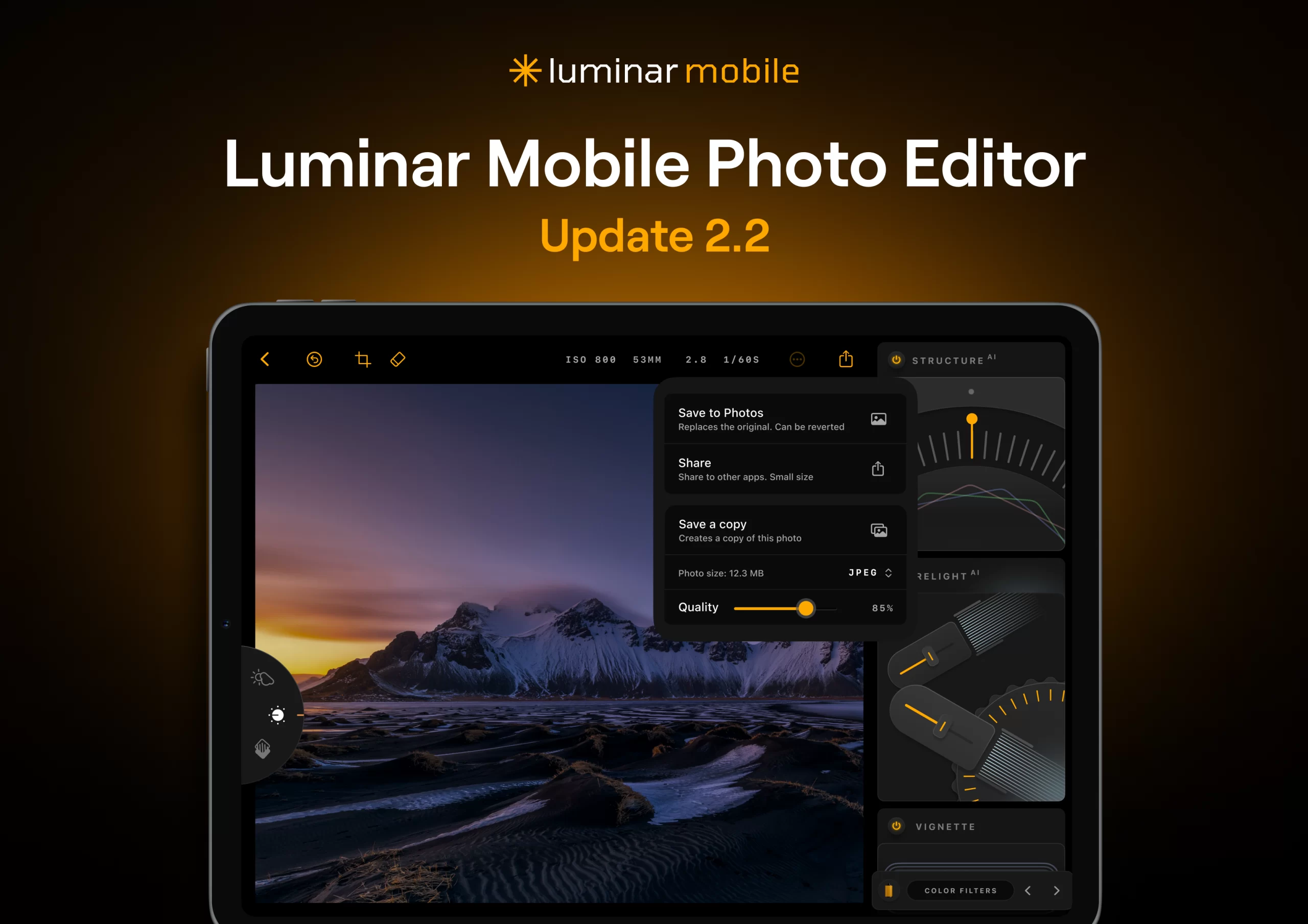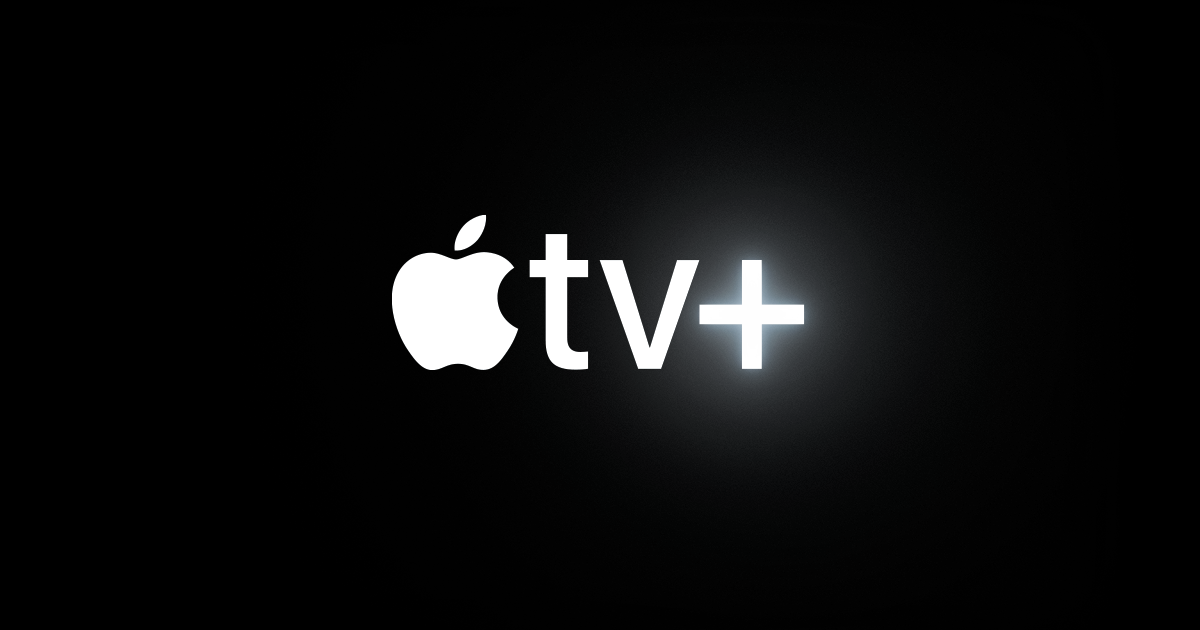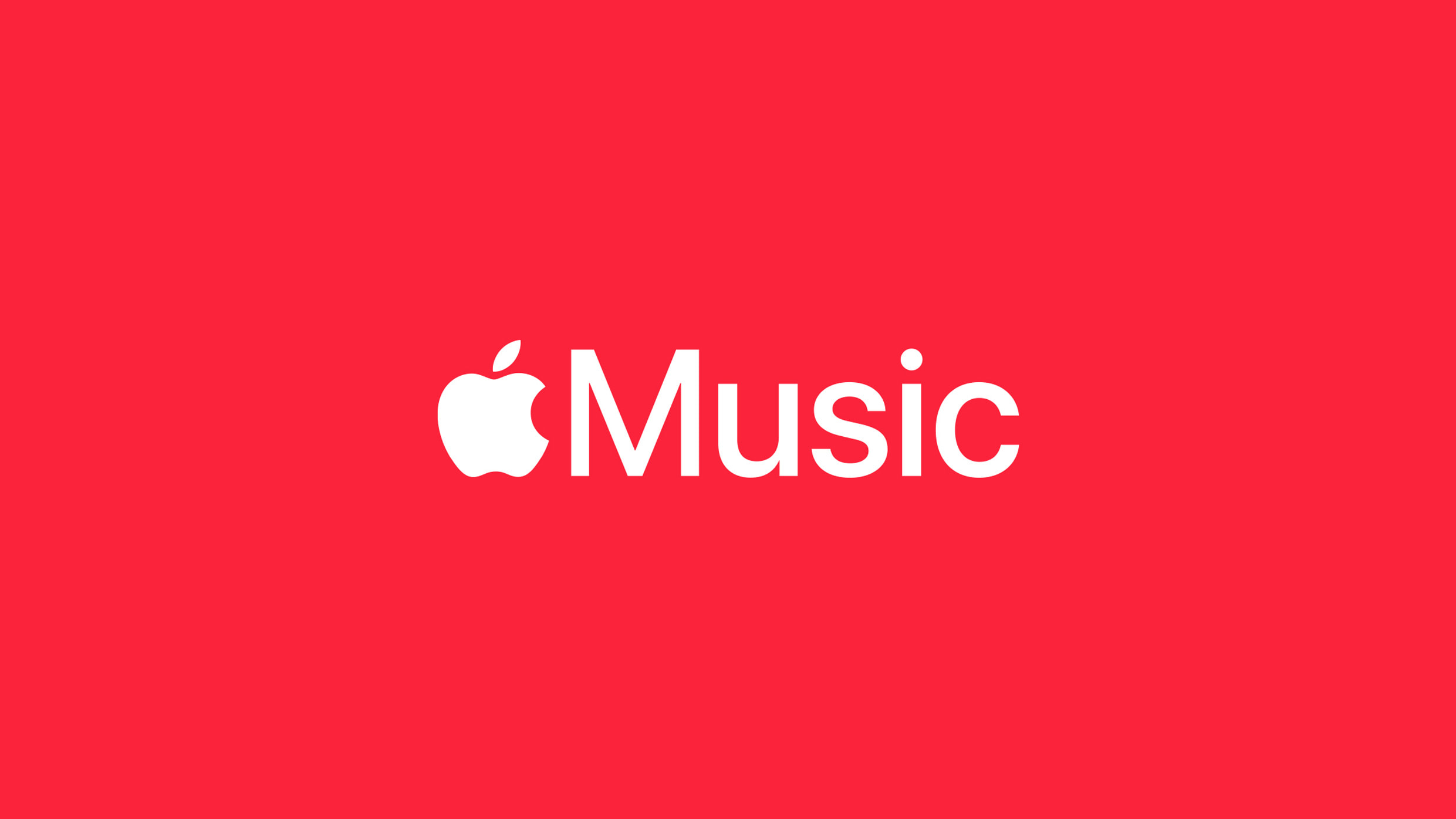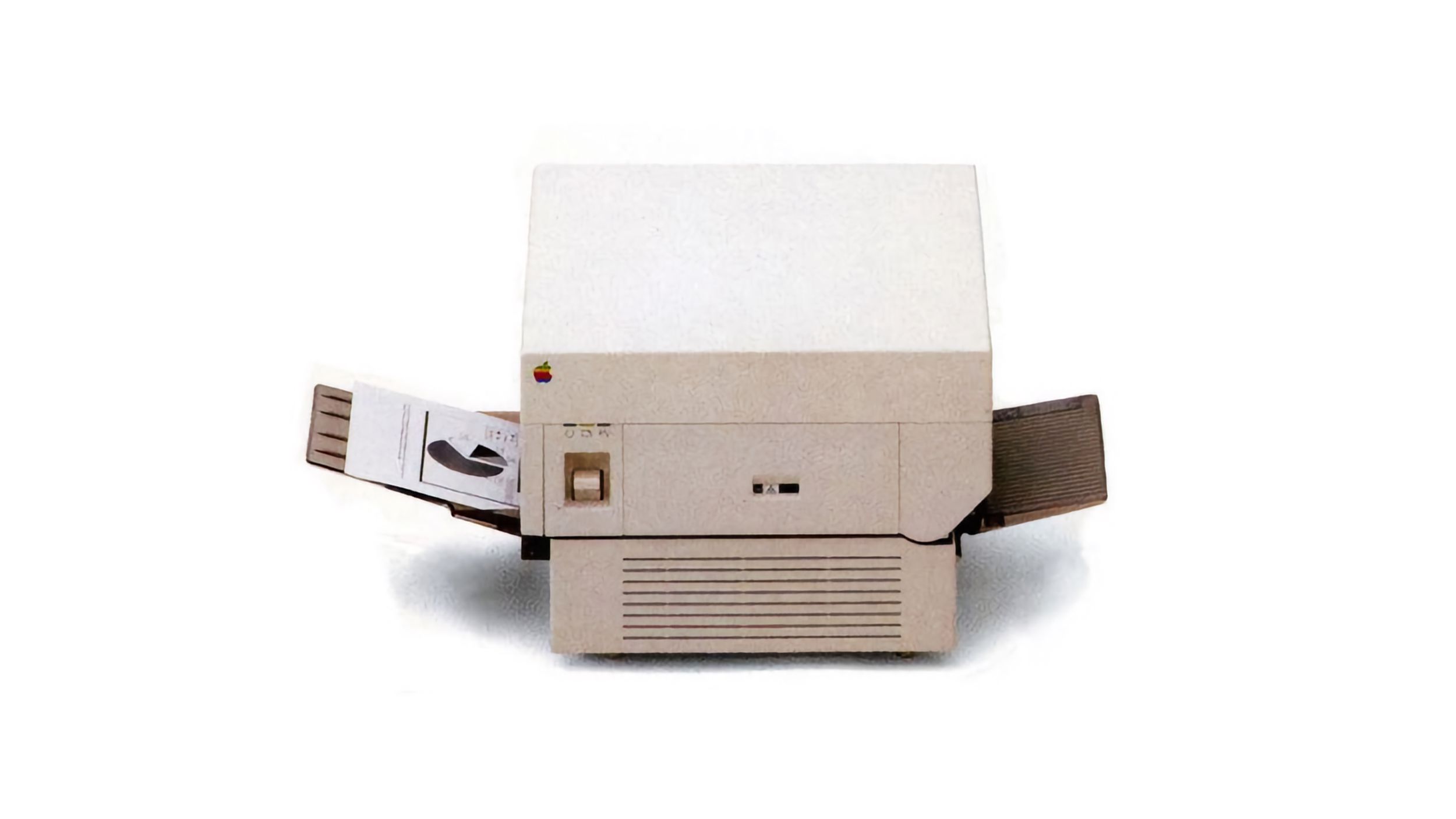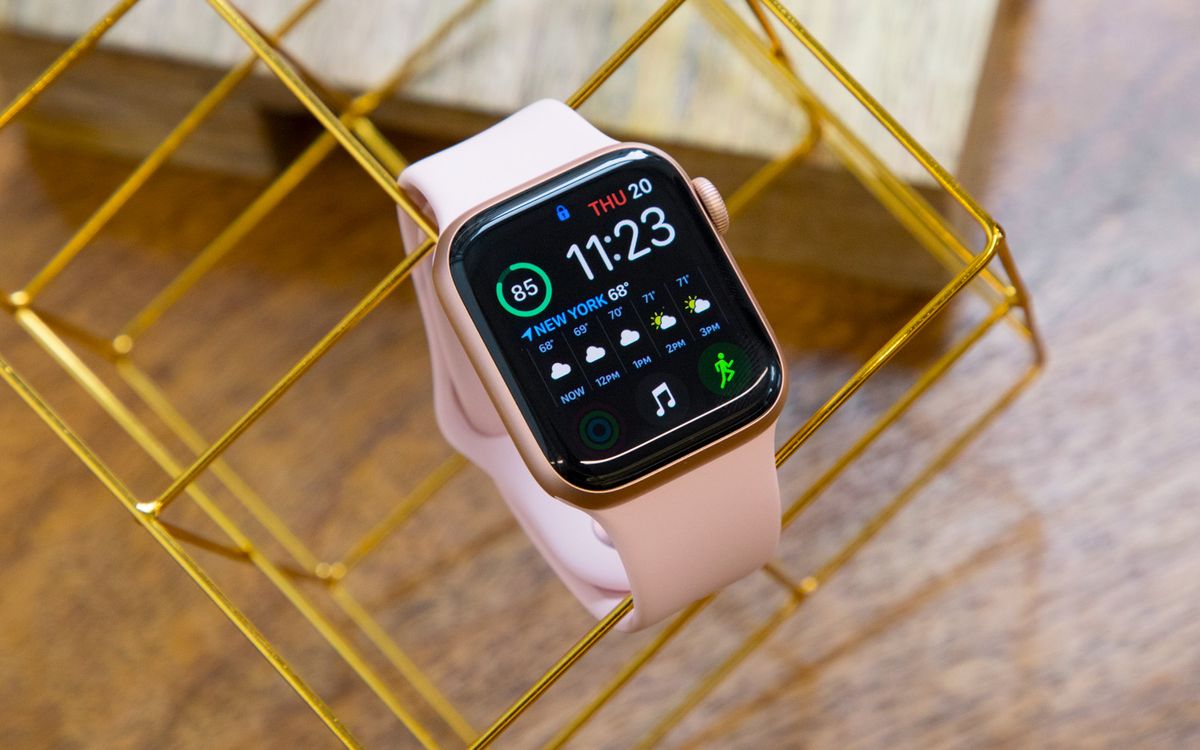The Luminar Mobile app for photo editing has just added some cool new features. With the latest update, version 2.2, you can now edit RAW images right on your iPhone, iPad, or even the Apple Vision Pro. This is especially handy for Vision Pro users since the device doesn’t have its own photo editing tools in the Photos app. If you’re into editing photos, you’ll want to check this out.
Here’s what’s new in Luminar Mobile 2.2:
RAW Image Editing
Now, you can edit photos from many big camera brands in RAW format. This means you get to use pro-level tools to adjust things like brightness, contrast, and color. You can make your pictures look just how you want with lots of detail.
Keep Track of Your Changes
Every edit you make is saved automatically. This way, you can go back to your work whenever you want. It’s like having a history book for your edits, so you can always see what you’ve changed and make further tweaks if needed.
Sync Your Edits with iCloud
If you use more than one Apple device, you’ll love this. Now, your edits will sync across your devices using iCloud. Start editing on your phone, and pick up right where you left off on your iPad or another device.
Better App Design
The app’s look and feel have been improved based on what users have said. It’s now easier to use, with a nicer layout. For those using an iPad, tools for adjusting color and adding effects are easier to find. There’s also a new button to go back to your original photo if you decide you want to start over.
This update makes Luminar Mobile a great choice for anyone looking to do more with their photos on Apple devices.
